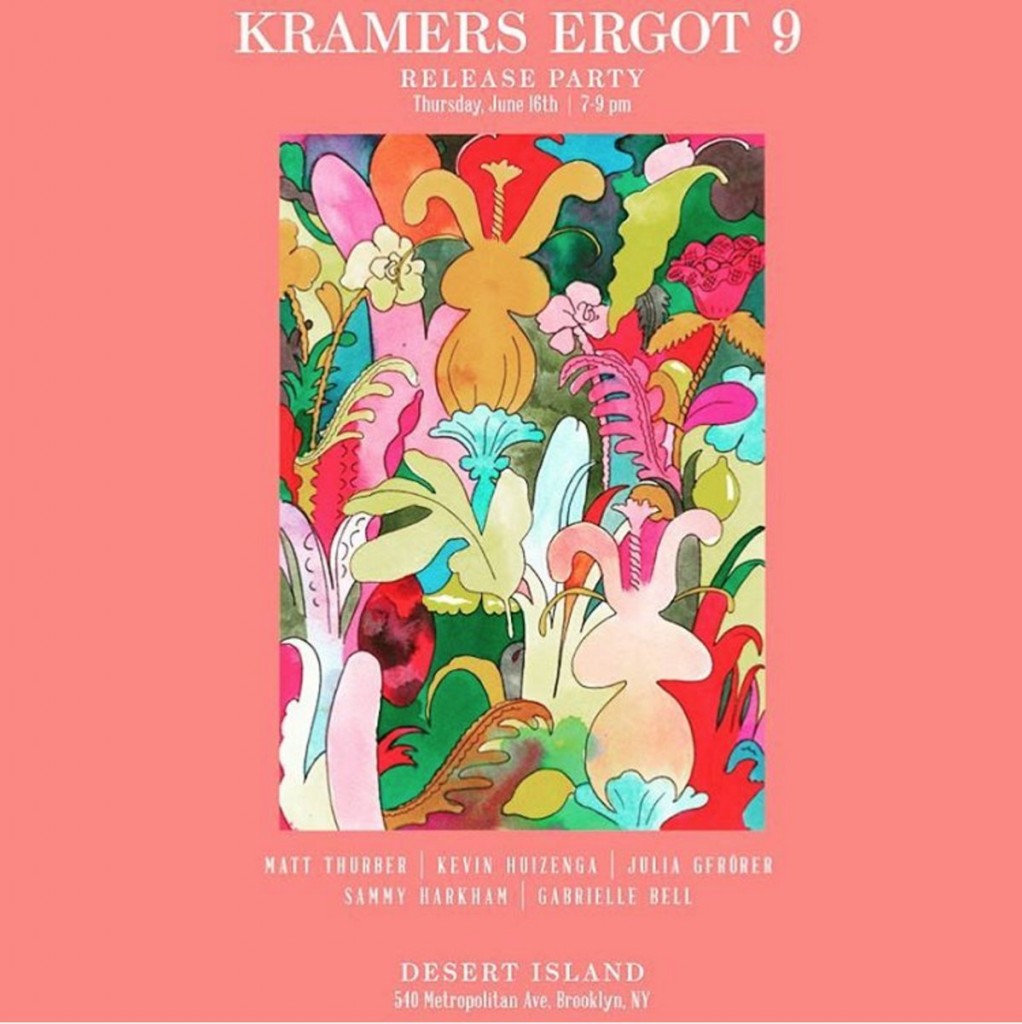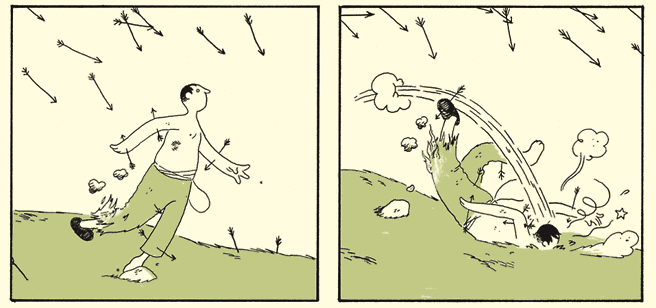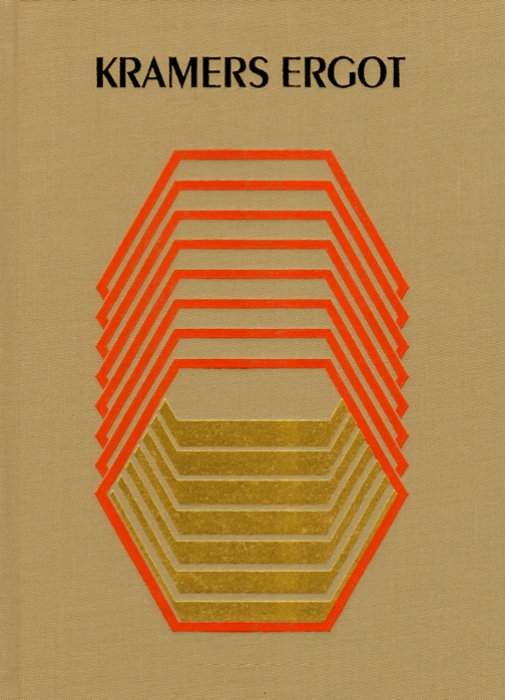Posts Tagged ‘Sammy Harkham’
Kramers Ergot 9 Release Party
June 16, 2016“Boys, school showers and swimming pools full of them.”
March 6, 2013Comics Time: Kramers Ergot 8
January 18, 2012Kramers Ergot 8
Robert Beatty, Gabrielle Bell, Chris Cilla, Anya Davidson, Ron Embleton, C.F., Sammy Harkham, Tim Hensley, Kevin Huizenga, Ben Jones, Frederic Mullalley, Takeshi Murata, Gary Panter, Johnny Ryan, Leon Sadler, Frank Santoro, Dash Shaw, Ian Svenonius, writers/artists
Sammy Harkham, editor
PictureBox, January 2012
232 pages, hardcover
$32.95
Buy it from PictureBox
Buy it from Amazon.com
For today’s Comics Time review, please visit The Comics Journal.
Comics Time: Crickets #3
January 5, 2011Crickets #3
Sammy Harkham, writer/artist
self-published, December 2010
52 pages
$8
Buy it from PictureBox
In the past I’ve said the the solo alternative comic-book anthology series works great as an opportunity for developing cartoonists to experiment in front of an audience on a regular basis. That’s certainly true. But it also works great as a showcase for a confident, experienced cartoonist to show off his chops at a manageable but still considerable length — a star turn, if you will. Think the last two issues of Eightball, for example. And think Crickets #3. The bulk of this self-published issue of Sammy Harkham’s solo showcase is occupied by “Blood of the Virgin,” the story of a week in the life of a harried young father and hack in the stable of a fictionalized version of Roger Corman’s American International Pictures who really wants to make films, goddammit. It’s Harkham’s longest and richest exploration yet of his go-to themes: family as a series of unignorable demands on one’s time and emotions, and ethics and morality as a manifestation of how we deal with those demands. It offers him a seamless way to integrate the horror and trash-cinema influences he’s long displayed in comics like “Poor Sailor” and “Black Death” with the literary fiction he’s always championed as editor of Kramers Ergot but which has been overshadowed by that anthology’s artcomix and genre pastiches, not to mention his own. It gives him a shot at an Ignatz Series-style canvas in terms of trim size and two-color printing. It offers us page after page of his deeply pleasurable cartooning, which in its feathery line and dot-eyed clown-nosed character designs and alternately sinuous and bulbous lettering recalls old-timers like Gray and Segar and young turks like Crane and Huizenga while aping none of them. It enables him to sneak in non-narrative, artcomix-influenced visual flourishes completely diagetically — fog enshrouding a neighborhood during the small hours, a mushy plaster cast making a melted nightmare out of someone’s face, frank and kinky depictions of sexuality. It’s basically a just plain terrific alternative comic.




